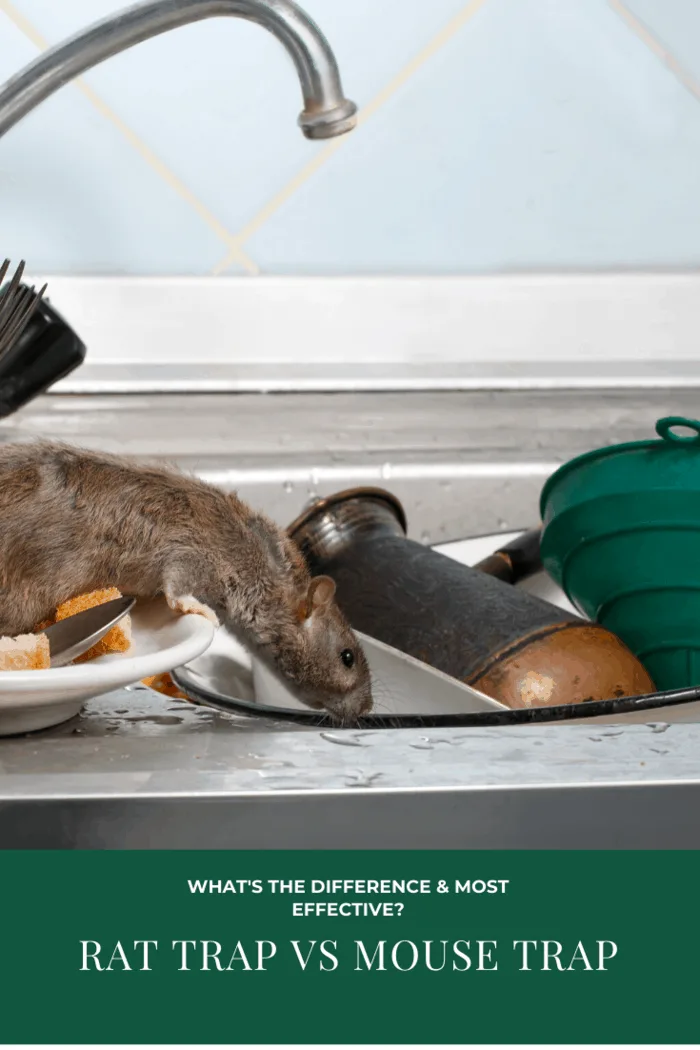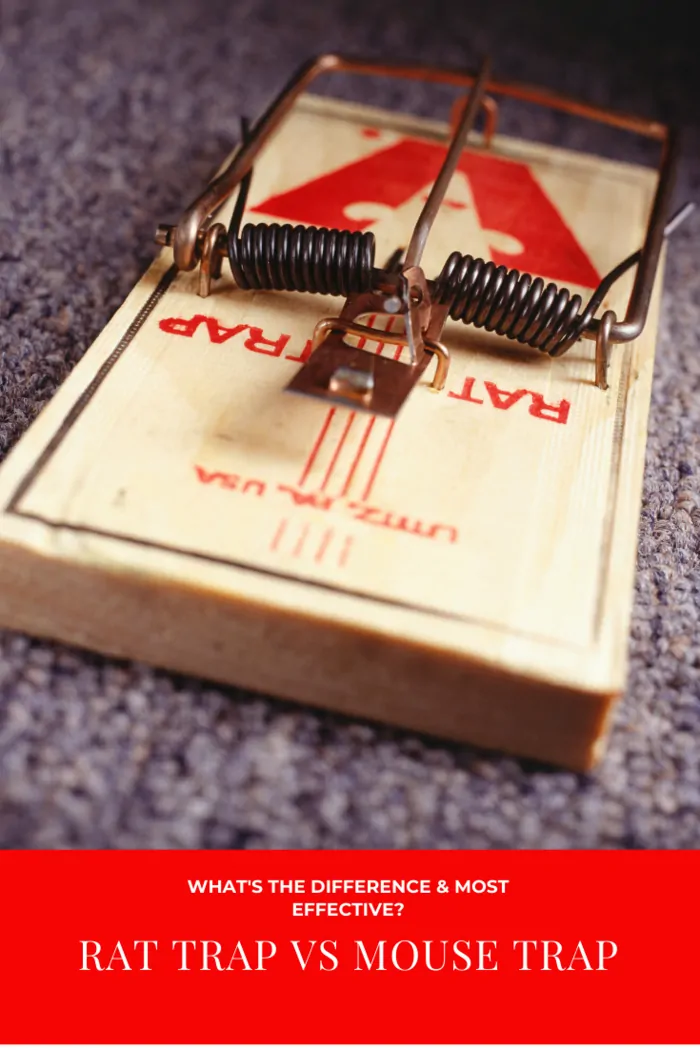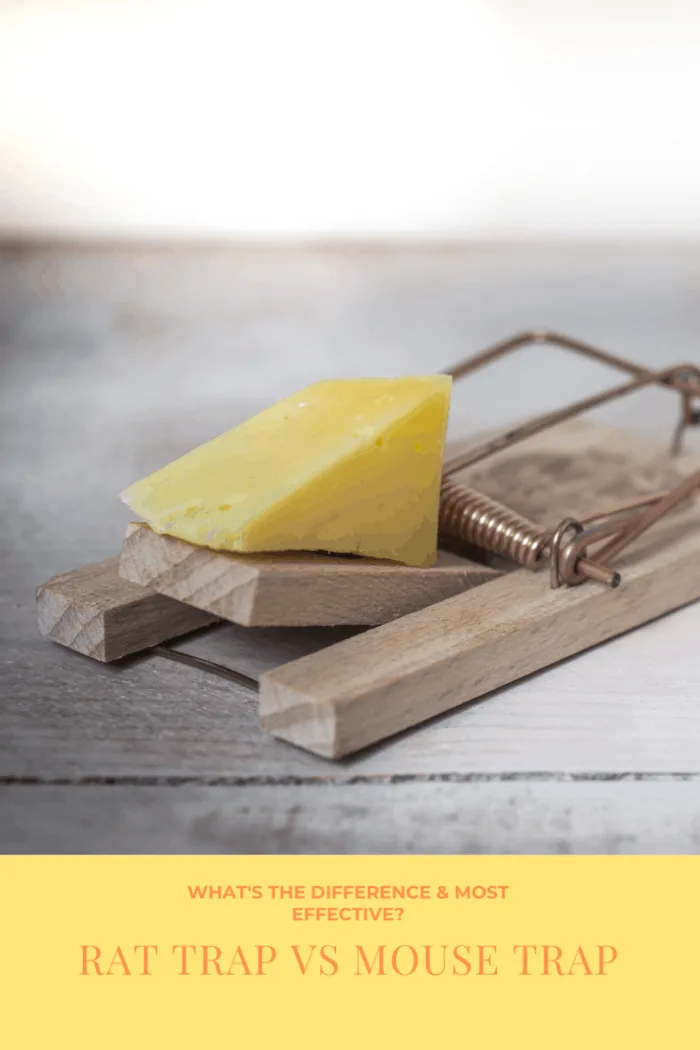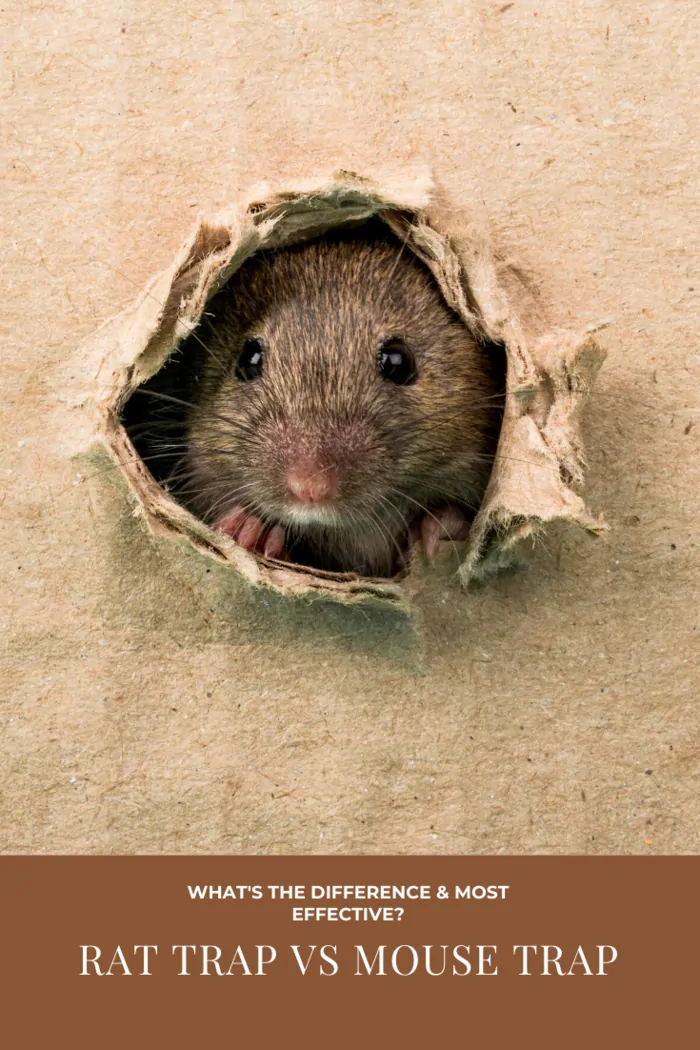You know you have a pest. From the looks of things, it’s a rodent problem. The question is, how do you go about catching rodents since they will not appear during the day. Seeing a mouse out and about during the daytime can indicate a particularly heavy infestation.
That’s why you have to know the difference between the rat trap vs. mouse trap.
When you wake every morning, you face a terrible nightmare. You see, your living room or your kitchen where you prepare your meal every day is a total mess. The worst part is the cause of that mess is not burglars but by the tiny creature that likes being out when the lights are off. Rodents, including mice and rats, are a nightmare for every household and even for a property owner, not to mention their effect on human health.
Almost every rodent is hard to catch because they hide well and so quickly. In this article, you will find out the difference between rat traps vs. mouse traps.
Signs You Have Rodents:
- Droppings
- Urine odors
- Gnawed holes
- Rub and gnaw marks
- Rodent runways
- Rodent nests
- Scampering noises
- Unusual pet behavior

Rat Trap Vs. Mouse Trap: The Difference and Which One is Most Effective
Rat Vs. Mouse
Before you find out the Best Rat Trap, you must know that rats and mice are slightly different.
Knowing what kind of rodent lives in your house or property will make you decide the right trap easier.
A rat is mostly described as a medium-sized rodent.
It has a long thicker tail.
Many species are called rats, including cotton rats, black rats, kangaroo rats, Norway rats, pouched rats, wood rats, naked mole rats, Polynesian rats, pack rats, and so many others.
Usually, black rats, Norway rats, and house mice are the pest or domestic rats and mice that live in people’s houses.
Meanwhile, the mouse is mostly described as a rodent that is tiny, sparrow-sized.
It has got long, thin tails.
Like rats, mice also have a lot of species called mice.
They include spiny mice, field mice, smoky mice, deer mice, and house mice.
Choose the Right Mouse Trap Vs. Rat Trap
Even though it seems a hard job to do, you need to know whether the rodent that lives in your house is a mouse or a rat.
Determining the type of rodent is essential, even though it sounds silly.
Once you find out about it, you will find the most effective rat trap vs. mouse trap for rodent control.
So? Do you have a rat problem or a mouse problem?

Find Out the Size of the Trap
Make sure the trap that you have prepared is enough to catch the rodent.
The size of a grown rat is almost 18 to 20 inches; meanwhile, the size of a mouse is around 2 to 3 inches.
The trap size for a mouse usually is much smaller compared to the trap for a rat.
This is an important decision to buy the right size of the rat trap vs. mousetrap, especially if you expect to catch the pet successfully.
The Killing Action of the Rodent
Even though mice are smaller than rats, they are swifter in nature that need special traps.
The traps or the bait station entry points should be able to close down smoothly, so they can prevent the rodent from escaping.
Snap traps are inexpensive, designed to kill rodents quickly, and easy to use.
Glue traps or sticky traps are effective and one of the best mouse traps, but many don’t believe it to be a humane mouse trap.
Meanwhile, for the rats, you need a different scenario.
Rats are bigger and stronger than mice, which need stronger traps.
So, when the rats try to escape, the traps will remain closed.
You’ll need to consider trap types and decide f you prefer kill traps, electric traps, classic snap traps, or release traps.
Are you looking for a quick kill, quick death, or slow death?
Who will handle the dead mouse?
Who will handle the dead rat?
How many traps you set will depend on the rat infestation or mouse infestation.

We advise you to buy the rat trap or mousetrap in the nearest store and use baits to attract them out.
Even though it is not an easy job, you should try different bait and see which bait is the most likable.
Many people fail to catch rodents most of the time.
Even though they can catch them, the rodents can somehow escape successfully.
The cause of the failure is that they don’t know the right traps and rodents in their house.
The traps are not the right fit for the rodents.

Here are more tips for you to catch rodents successfully
Practice
Rats are mostly shy animals, especially new items or things.
That’s why it is essential to set up the right baits in the trap.
The rats will get used to that bait and the trap, too, after you do it for several days.
After that, you can prepare the trap to catch them.
And at this point, the rats will surely go into the cage without a doubt.
The Right Place
Even though you find your kitchen or living room in a total mess, it doesn’t mean that the rodents have been everywhere.
The rodents mostly only target food sources. They like the same foods we do- pet food and pantries, wall drapes, soft things like pillows or cushions, shoes, and clothing.
On mouse can consume between three and four grams of food per day!
Mice can make up to 30 visits to an identified food source each day.
You may see holes or tears in the packaging in your pantry–if you do, throw it away; foods contaminated by mice can cause salmonella, hantavirus, fever, and other dangerous illnesses in humans.
You’ll want to set traps near these areas.
You will notice the rodents’ favorite attack spots if they have been in your house for several days.
Mouse feces are found in areas where mice are most active, near feeding, breeding, and nesting areas.
Mouse droppings are black, cylindrical in shape (like a grain of rice), and about 1/4 inch in length.
Rat droppings are ½ inch or larger.
So, your job is only to place the traps near the areas where the rats come frequently.
It is better to lay the traps naturally to avoid the rats, knowing it is a trap.
You can place it under the fringes of the wall or in sheltered areas. It will increase the chance for you to catch the rodent.
The Frequency
Rats usually invade in groups, so you will catch the rats more than once when your trap is working.
The trick is to place several traps in some places that you think are the rats’ favorite places.
Don’t give up on placing the traps, and don’t be in a hurry to catch the rodents.
Just be patient and do some trials first.
Observe what kind of bait the rats like and wait for several days before you use the trap.
The Bait
Even though rats are mostly related to cheese, you should know that cheese is not recommended bait for any rodents, mainly rats.
Again, cheese is not good rat bait.
Instead of choosing cheese, use foods high in fat like bacon, hot dogs, peanut butter, dry food, or nuts as bait.
Make sure that the bait is well-placed so the rodents have easy access.
Don’t forget to secure it, too, so the rodents will not escape with your prepared bait.
Change the bait if it doesn’t work. The rodents will attract to the bait that is juicy and fresh.
Final Words
So, if you ask which one is the most effective trap a rat trap or a mousetrap, it depends on the type of rodents in your house.
Different types of rodents will affect the kind of trap.
Cheese is also not recommended when it comes to bait.
Remember always to change the bait if it isn’t fresh anymore. Good luck!
